Where innovation meets sustainability, one city block at a time.
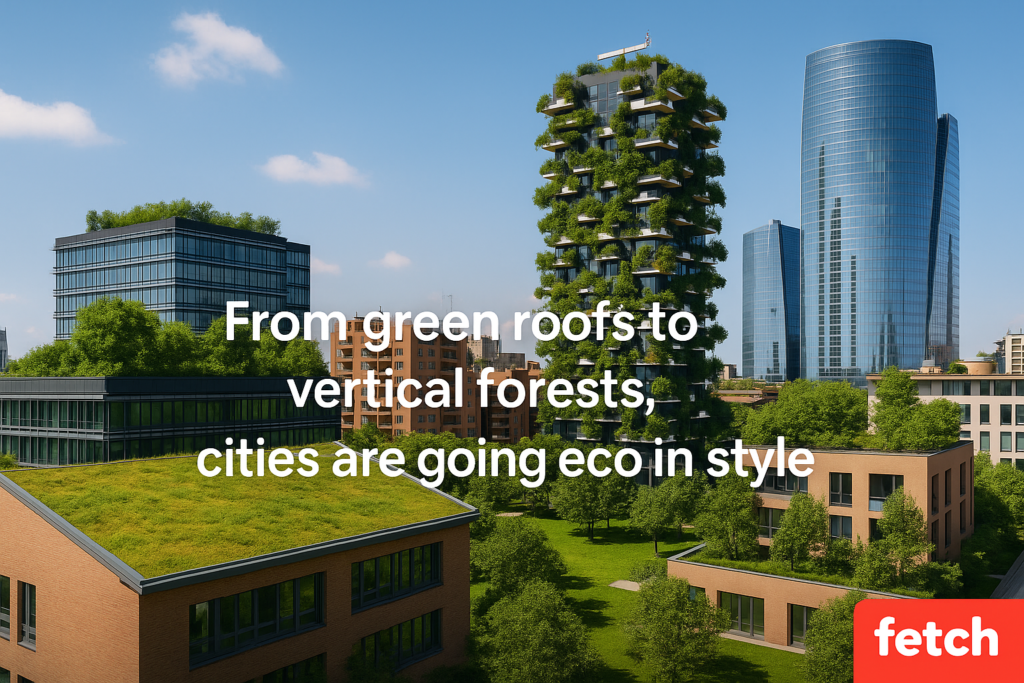
Let’s face it, city life isn’t exactly known for its eco-friendliness. But what if you could have both, a bustling, innovative city and one that’s clean, green, and built for the future? More and more cities are proving it’s not just possible, it’s already happening. The way urban areas are balancing sustainability with innovation might just surprise you. Here’s how they’re doing it…
1. Embracing Green Roofs and Vertical Gardens
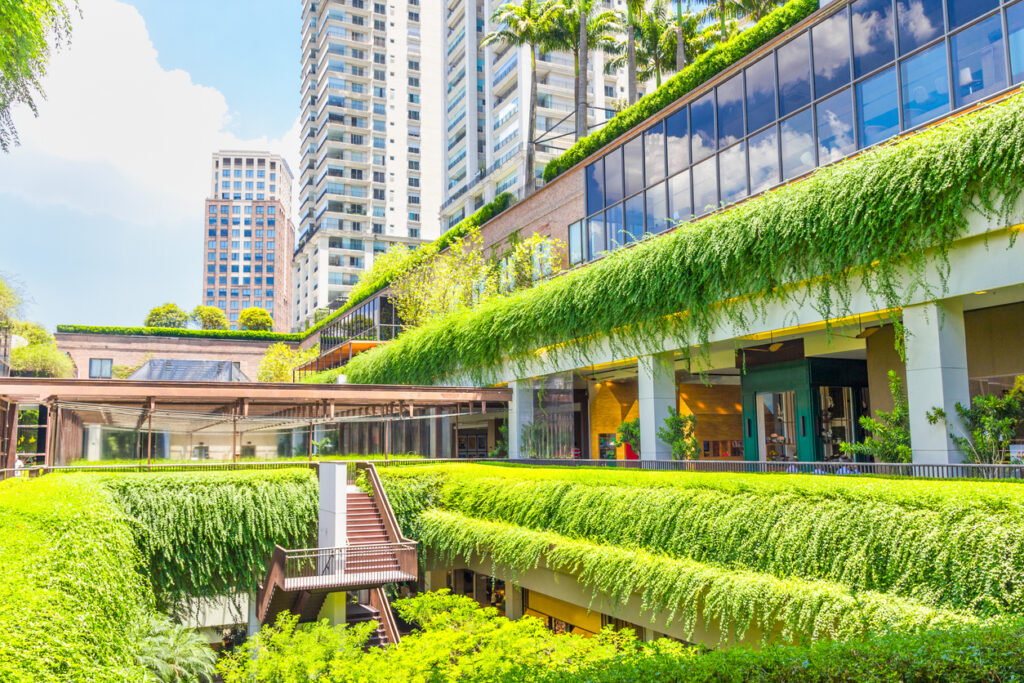
Urban rooftops are being transformed into living ecosystems. Think vegetables growing above coffee shops or flowers blooming on office buildings. These green roofs don’t just look pretty. They reduce air pollution, cool buildings naturally, and help manage stormwater. Vertical gardens on walls are also pulling their weight by improving air quality and insulating buildings. It’s a practical, beautiful way cities are staying cool, literally and figuratively, while staying on the cutting edge of green design. Source: Green Design Consulting
2. Reclaiming Abandoned Spaces as Urban Forests
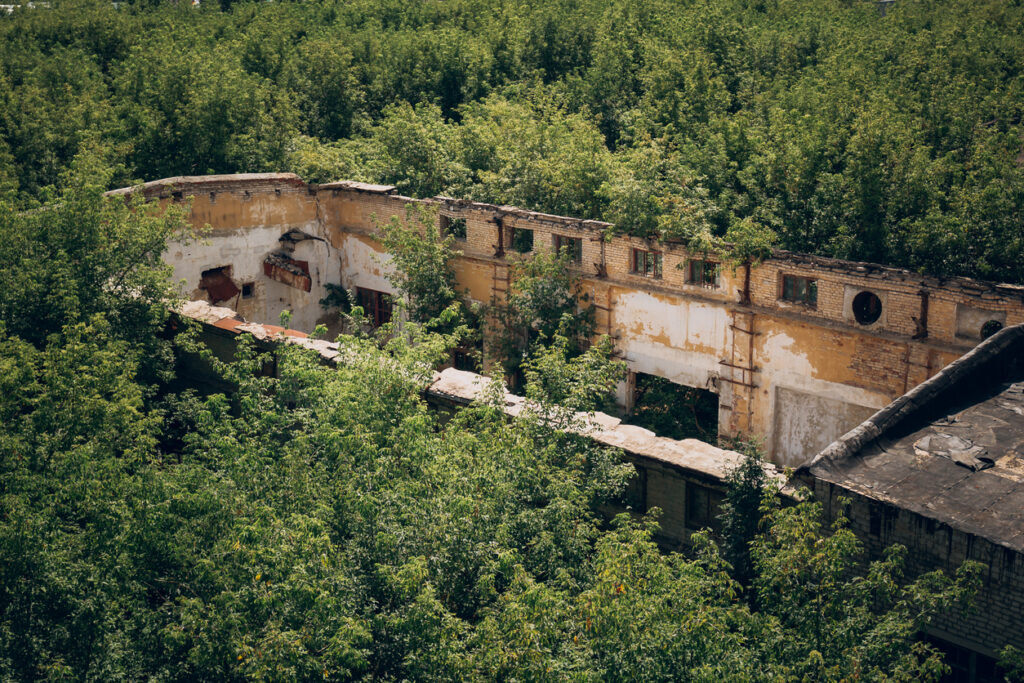
Where there was once decay, there’s now greenery. Cities are turning empty lots, old railways, and forgotten corners into lush parks and mini forests. These pocket parks give people a place to breathe and reconnect with nature. They also increase biodiversity and reduce urban heat. It’s a subtle shift with major impact. These green pockets revive dead zones without gentrifying them and give communities new reasons to gather and grow. Source: Stud Epsilon
3. Swapping Gas-Guzzlers for Clean Public Transit
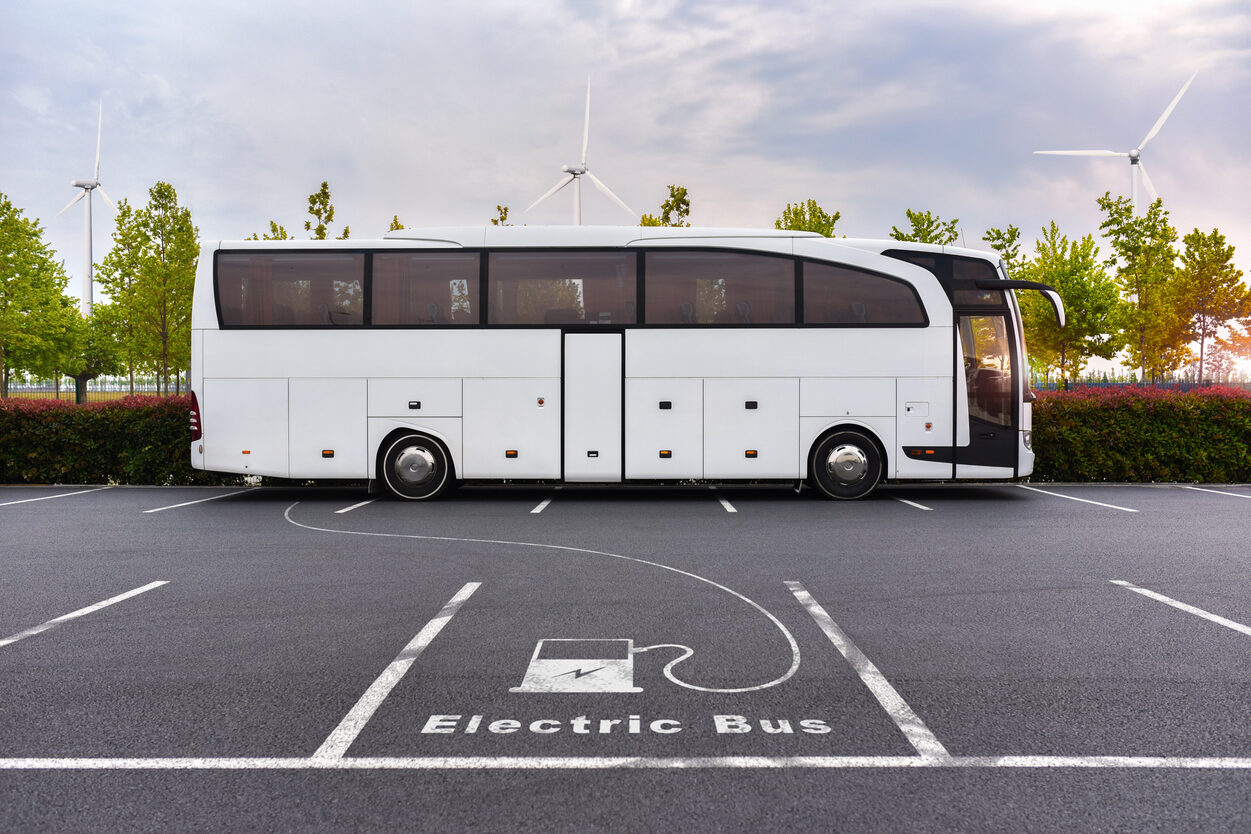
Electric buses, bike lanes, and pedestrian-friendly streets are reshaping how people move through cities. Instead of traffic jams and pollution, residents are enjoying smoother, cleaner commutes. By investing in zero-emission transit systems, cities are cutting carbon emissions without sacrificing connectivity. Bonus? People are getting healthier, and cities are becoming more livable. It’s green mobility that still moves fast and feels modern. Source: IEA
4. Repurposing Buildings Instead of Demolishing Them
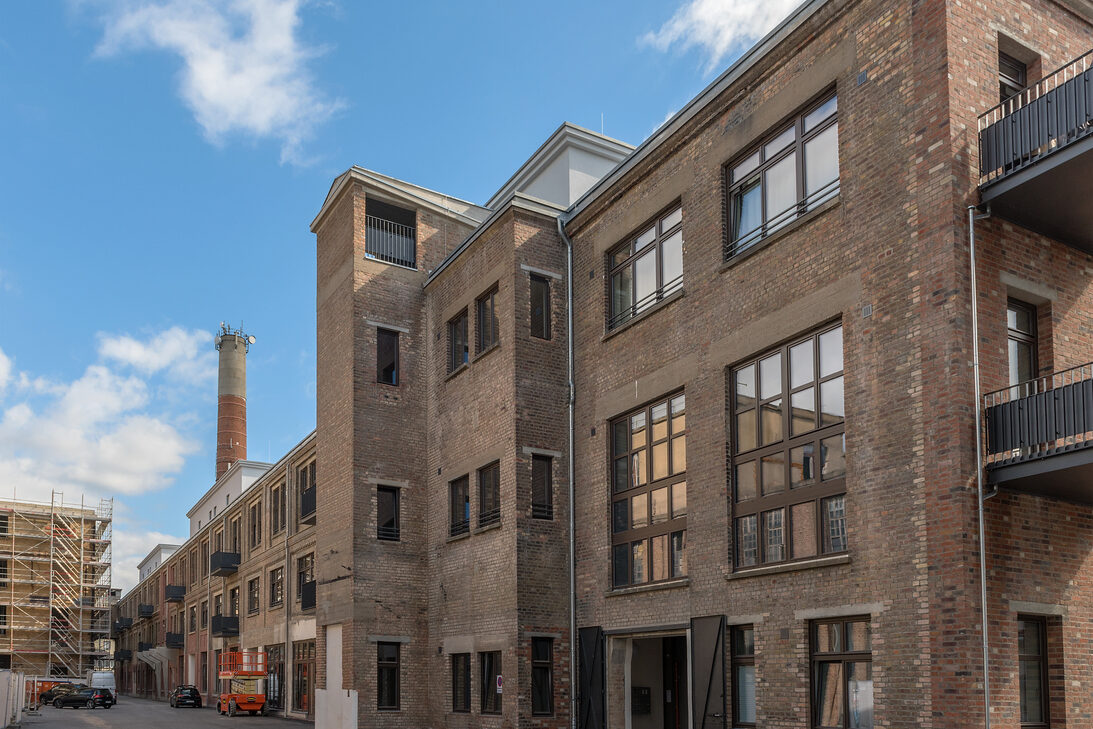
Why tear it down when you can build it back better? Cities are getting smart about adaptive reuse. They’re transforming old factories into lofts, warehouses into food markets, and schools into co-working hubs. This approach saves money, preserves architectural character, and slashes the carbon cost of construction. It’s a win for sustainability and urban personality, proving that green doesn’t mean bland or boring. Source: USGBC
5. Expanding Access to Local and Urban Farming
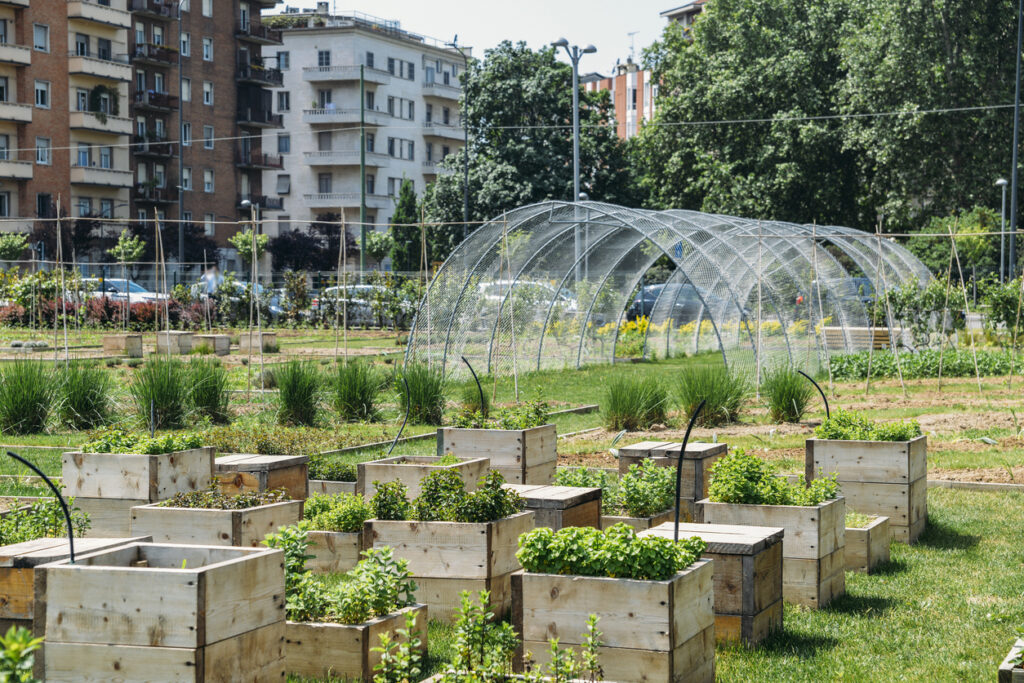
Community gardens and urban farms are cropping up on rooftops, sidewalks, and even in shipping containers. Cities are supporting these efforts with grants, land access, and education. Not only do these gardens provide fresh, local produce, they build stronger communities and reduce the need for long-haul food transportation. It’s grassroots sustainability, literally, and it’s catching on fast.
6. Investing in Smart Infrastructure That Learns
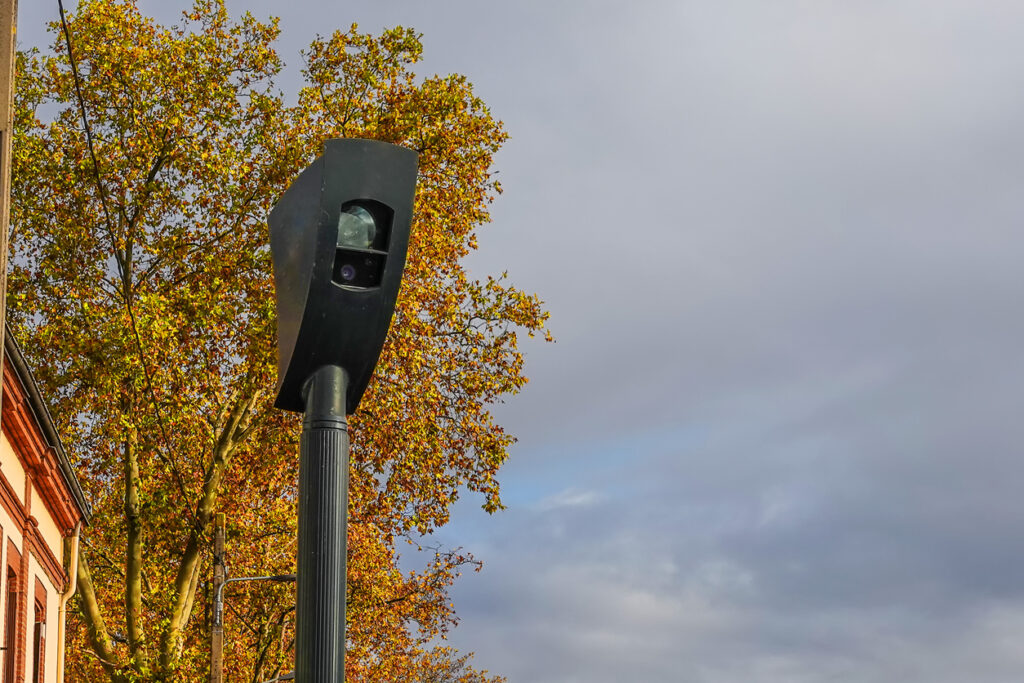
Smart traffic lights that adjust to reduce idling. Sensors that detect water leaks. Grids that reroute energy where it’s needed most. Cities are getting high-tech to go green, using data to make systems cleaner and more efficient. This kind of infrastructure not only saves energy but improves everyday life in real time. The result is a city that feels futuristic and functional without wasting precious resources.
7. Prioritizing Eco-Zoning and Green Building Codes
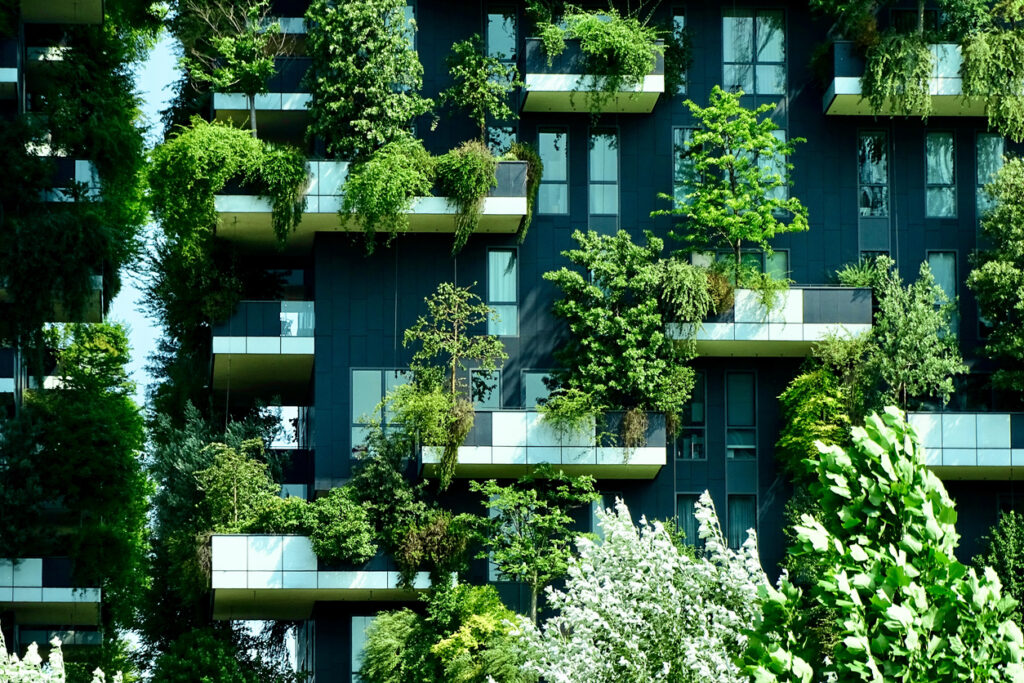
Zoning laws used to be rigid, favoring cars and concrete. Now, cities are rewriting them to promote sustainability. Green building codes encourage energy efficiency, rainwater harvesting, and natural lighting. Mixed-use zoning is reducing commute distances. These behind-the-scenes policy shifts are making a huge difference. The best part? Most people won’t even notice except for the cooler homes and greener neighborhoods they now live in.
8. Restoring Natural Waterways in the Urban Core

Many cities once buried streams and rivers to make room for roads. Now, they’re uncovering them. This process, known as daylighting, brings natural water flows back into the urban landscape. It helps prevent flooding, boosts local wildlife, and creates tranquil public spaces. People are drawn to water and cities are realizing that restoring these features makes urban life feel calmer and more connected to nature.
9. Designing 15-Minute Cities for Everyday Living

Imagine living where everything you need is just a short walk or bike ride away. Your job, grocery store, gym, and even your kid’s school are all nearby. That’s the idea behind 15-minute cities and it’s changing the game. These compact, well-planned neighborhoods reduce car dependency and increase quality of life. They’re smart, sustainable, and surprisingly chic, proving that eco-conscious design can also be incredibly livable.
Cities are evolving and they’re doing it greener, smarter, and more stylishly than ever before.
Want to see more of how our world is changing for the better? Share this story, leave a comment, or tell us how your city is going green. We’d love to hear your thoughts!


